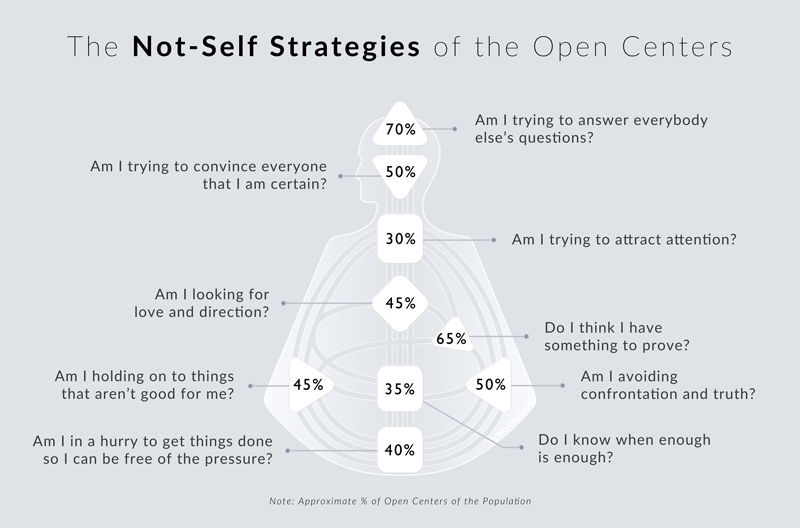The Human Design System (HDS) is a functionalist, systems theory-based model of human behavior and development. The HDS is based on the idea that humans are designed to interact with their environment in specific ways that promote their well-being and survival.
The HDS is an attempt to integrate the best of traditional psychology with contemporary scientific thinking to provide a comprehensive understanding of human behavior. To learn more about human design systems, visit https://humandesignlifemanual.com.

Image SOurce: Google
The HDS provides a systematic way to understand human behavior and development, and it has been used to explain a wide range of phenomena, from individual differences in motivation to developmental issues such as problem solving.
The Human Design System (HDS) is a unique, data-driven approach to help organizations achieve their goals and aspirations. The HDS system is based on the premise that people are best able to create what they want when they understand how they work. It helps organizations design systems that support their people, cultures, and goals.
The HDS is composed of four core concepts: people-centered design, process mapping, human resources capabilities assessment, and goal setting. People-centered design focuses on understanding the needs of individual users and how those needs can be met through the design of systems.
Process mapping captures the steps involved in a task or process and links those steps to specific people or groups. Human resources capabilities assessment assesses an organization’s current human resources policies and practices in order to identify areas where improvement may be needed.
Goal setting involves setting objectives for an organization and then developing plans to achieve those objectives. By using these concepts together, organizations can create systems that are both user-friendly and effective.